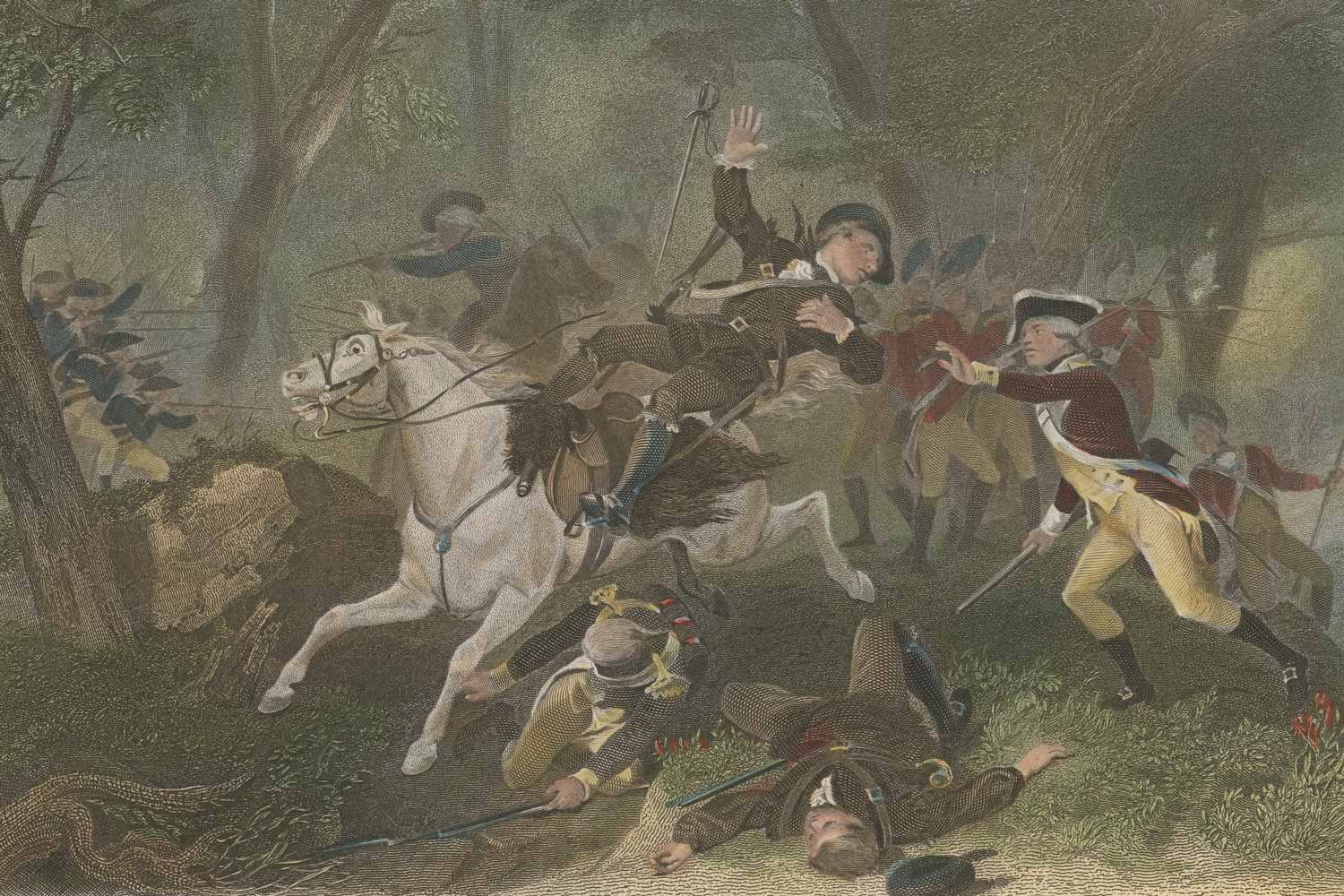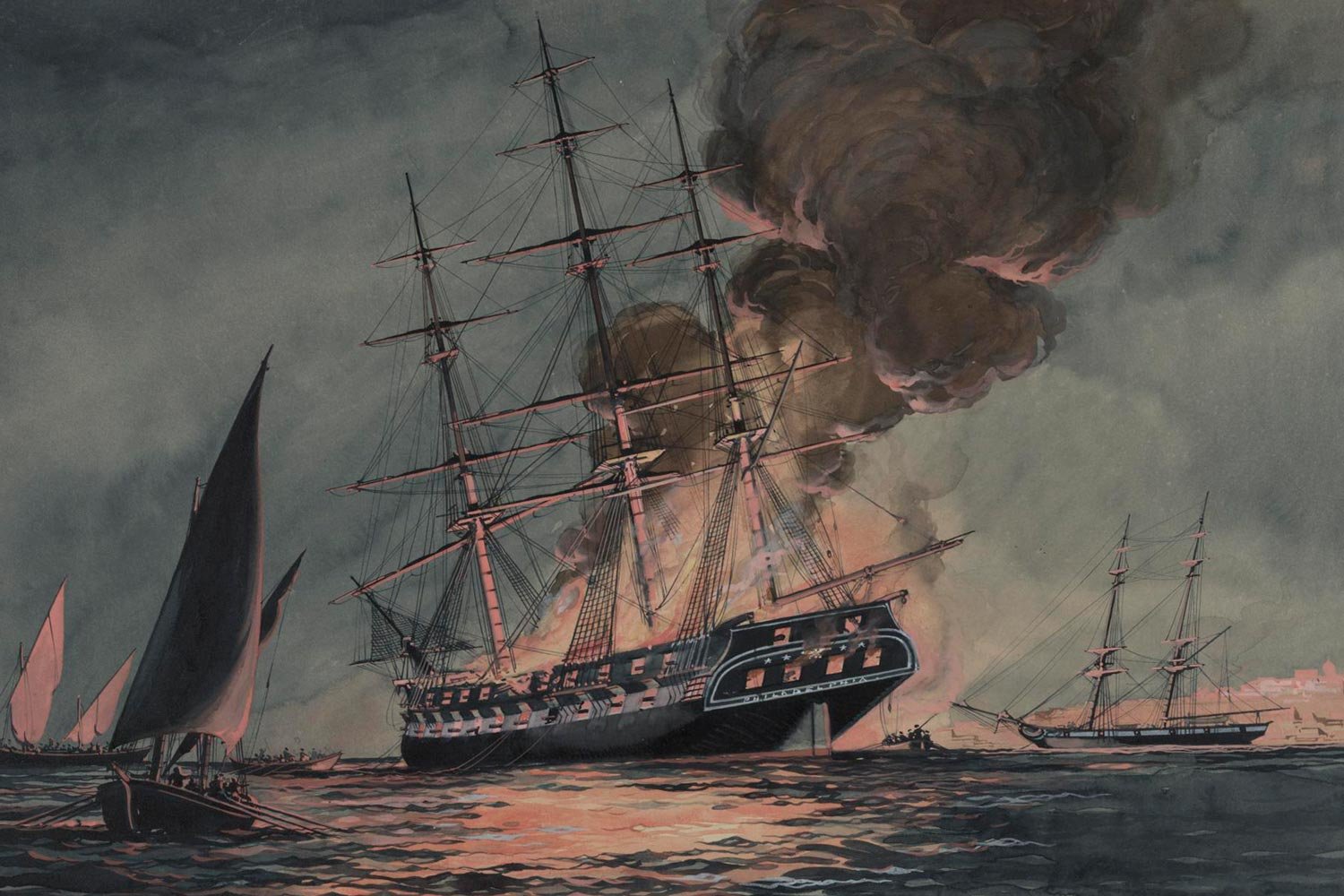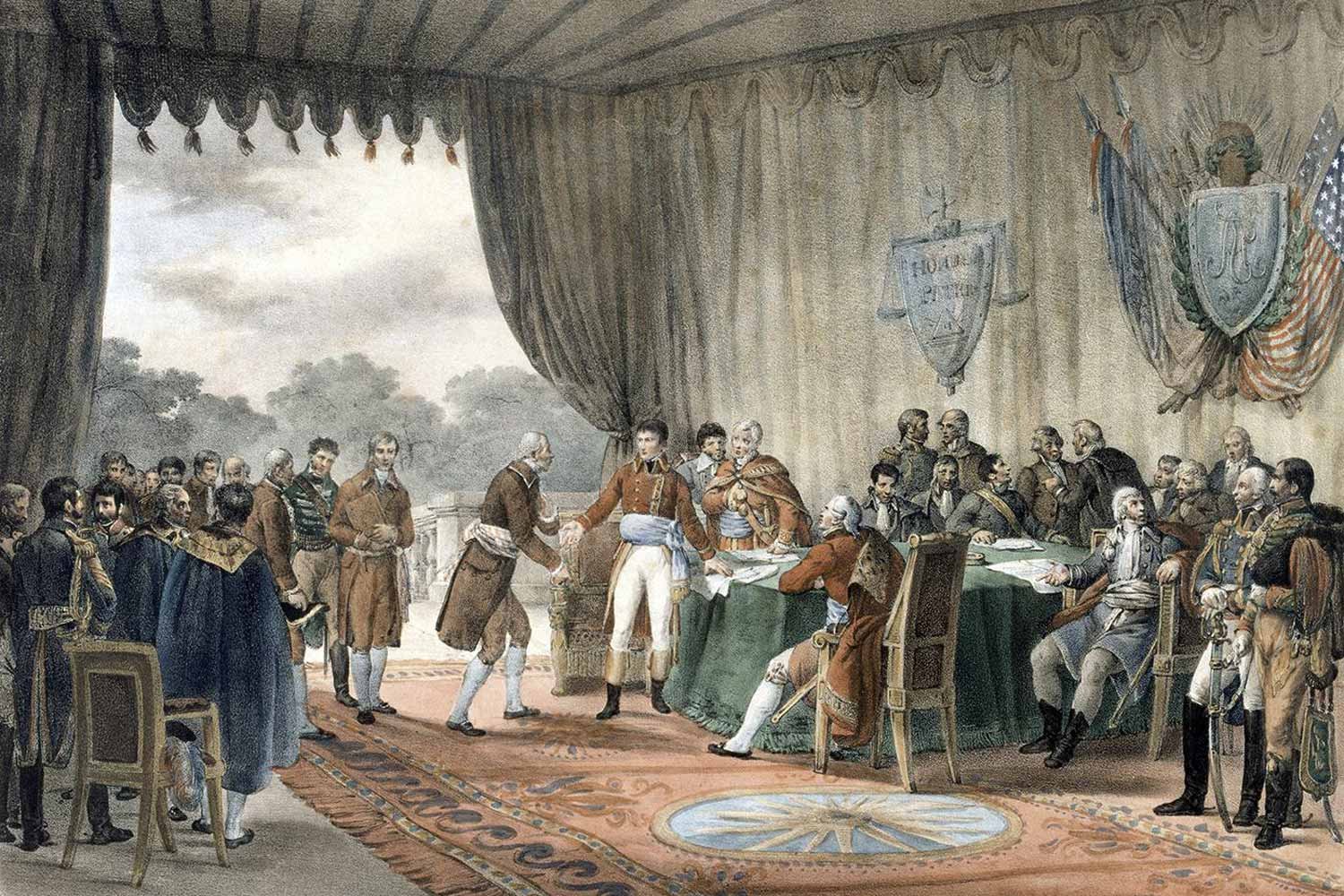American Victory at King’s Mountain
In July 1780, Patriot partisan bands in the backcountry of South Carolina launched a series of successful attacks on Loyalist contingents, weakening the British hold on the state. These rapid-fire engagements continued into August as six more Patriot partisan victories were sandwiched around the disastrous Continental Army defeat at Camden and the capture of an American supply train at Fishing Creek.
While the Continental Army generally fared poorly against Cornwallis’s Regulars, the Patriot partisan bands defeated the Loyalists in virtually every encounter. It wasn’t due to numerical superiority or better training and both sides utilized the same tactics. It simply came down to leadership.
The leading men of the backcountry, most of whom fought with the Regulators against the outlaw groups in the late 1760s, all lined up on the side of the Patriots. Conversely, Loyalist troops tended to come from the lower classes of society and were only successful when led by British officers like Banastre Tarleton and Patrick Ferguson.
After Cornwallis’s crushing victory at Camden, he moved his army west about twenty miles and set up his base camp. Cornwallis hoped that with the southern Continental Army vanquished the backcountry partisans would be cowed into submission. He felt that controlling North Carolina was the key to holding his gains in South Carolina and sent Major Patrick Ferguson there in September.
Ferguson was a British regular army officer and one of the most capable in North America. He had helped raise Loyalist contingents in New Jersey early in the war and had served well in several engagements in the north including the Battle of Brandywine where he was wounded. Ferguson was also the inventor of the Ferguson rifle and was said to be the best shot in the British Army.
When Sir Henry Clinton decided to invade the south, he took Ferguson, one of his favorites, with him. He was named Inspector of Militia and was tasked with raising and organizing Loyalist units in the Carolina backcountry.
Matthew Jouett. “Governor Isaac Shelby.” Kentucky Historical Society.
One of the Loyalist units he raised was soundly defeated on August 19 at the Battle of Musgrove Mill by 200 Patriots from Tennessee, the Overmountain Men, led by Colonel Isaac Shelby, the future first governor of Kentucky. Ferguson, who was not present at the fight, was furious and pursued the victors for sixty miles before losing their trail as Shelby’s men melted away into the hills.
In mid-September, Ferguson established a base camp near Gilbert Town, North Carolina and sent a warning to the men of the Watauga River Valley with a cousin of Shelby’s. Ferguson proclaimed to the Tennesseans “If they do not desist from their opposition to British arms, I will march my army over the mountains, hang their leaders, and lay waste their country with fire and sword.”
Ferguson, like so many British officers, did not recognize what he was up against in these hardy Overmountain Men. These were tough violent men hardened by years of Indian warfare who could ride hard and skillfully handle their long rifles. Ferguson’s proclamation angered them and Shelby and John Sevier, the future governor of Tennessee, rallied the men in Sycamore Shoals, near present-day Elizabethton, TN.
On September 27, the Overmountain Men crossed Yellow Mountain Gap at 4,582 feet and descended the east slope of the Appalachians. By the time they reached Cowpens on October 6, over 1,600 men had joined their troop. Wanting to move fast, they picked the top 900 mounted men and took off after Ferguson.
Upon learning this, Ferguson and his 1,100 men retreated towards the main British camp in Charlotte and safety. However, perhaps due to pride, Ferguson decided to stop and confront the Tennesseans at some high ground called King’s Mountain, just inside the South Carolina border. He considered the spot impregnable and did not fortify his camp.
The Overmountain Men, formed into eight independent detachments of about 100 men, arrived at the foot of King’s Mountain around 3:00pm on October 7. They immediately surrounded Ferguson’s position and launched their attack. The fight only lasted about an hour as Ferguson’s militia were no match for the Tennesseans.
Near the end of the fight, Ferguson chose to make a last valiant dash rather than surrender and was shot from his horse, his body riddled by eleven bullets. In total, the Loyalists suffered 450 killed and wounded, with another 660 taken prisoner. The entire force was wiped out. By comparison, the American suffered about 100 casualties.
As fast as they appeared, the Overmountain Men disappeared and within weeks they were back home. The defeat was devastating to the British in that it derailed their strategy to subdue the southern colonies. Sir Henry Clinton stated, “the American victory at King’s Mountain was the first link in a chain of misfortunes that followed each other in regular succession until they ended in the total loss of America.”
The following week, the British “chain of misfortunes” would receive another link, arguably the most significant, when General Washington gave Nathanael Greene command of the southern theater. This quiet Quaker would prove to be the savior of the south.
Next week, we will discuss the early life of General Nathanael Greene. Until then, may your motto be “Ducit Amor Patriae,” love of country leads me.












Commodore Edward Preble assembled his considerable American fleet just outside Tripoli harbor in August 1804, determined to punish the city and its corsairs, and force Yusuf Karamanli, the Dey of Tripoli, to sue for peace.